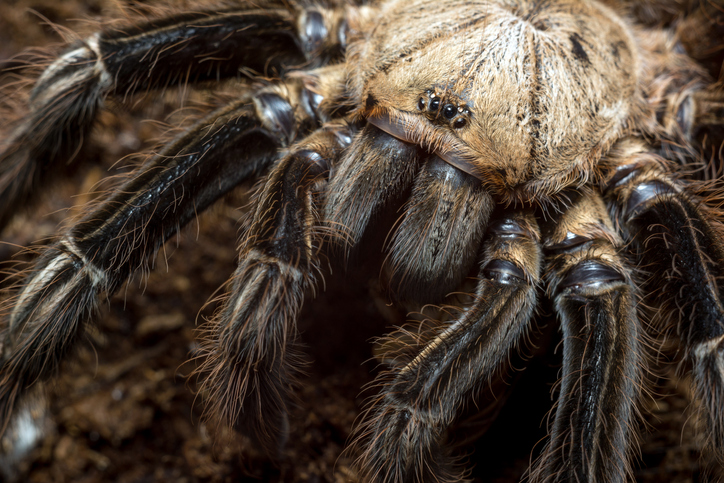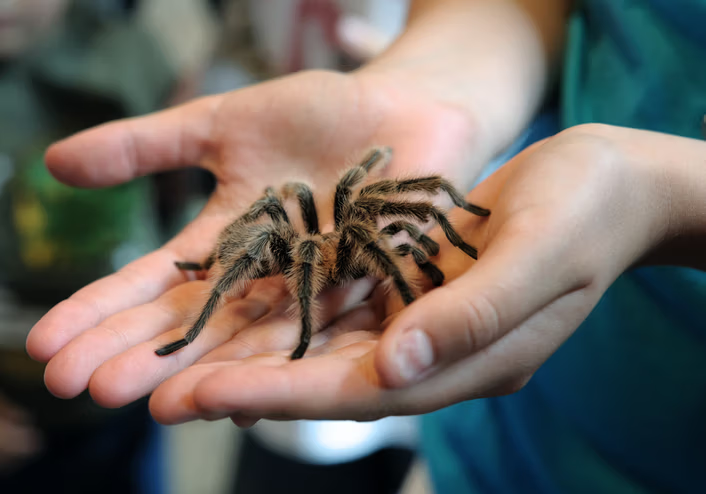Let’s delve into the intriguing realm of Tarantulas with out captivating facts and insights. Here we go…
Tarantulas occur worldwide. Tarantulas are the biggest spiders in the world. They are also known as baboon spiders in Africa and hairy spiders in South America. But don’t be alarmed! Most tarantulas are busy minding their own business. If you don’t bother them, they won’t bother you.
Some tarantula species are endangered because of habitat destruction.
Tarantulas are nocturnal hunters. They feed primarily on insects like grasshoppers, beetles, other small spiders and arthropods – and will sometimes eat small lizards. They will attempt to overcome anything of the right size that moves in their range. Most tarantulas have weak venom.
Many tarantulas use their legs to flick special hairs – called urticating hairs – off their abdomens when disturbed. These hairs are barbed and lodge in the eyes and mucous membranes of would-be attackers, causing great discomfort and irritation.

Tarantulas from Asia and Africa do not have urticating hairs, so they have to use more aggressive posturing when threatened.
All tarantulas have a hard exoskeleton that they must shed during each growth spurt. When the time comes, the tarantula lays down a silken mat with its spinnerets and flips over onto its back. The old exoskeleton opens on the back, and the tarantula must push it off by expanding and contracting its body. When the process is complete, and the spider has allowed some time for the new exoskeleton to harden, it flips back over. At first glance, the shed often looks like another spider! Young tarantulas molt several times over the first few years as they get bigger.


